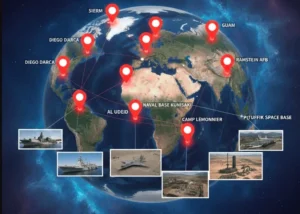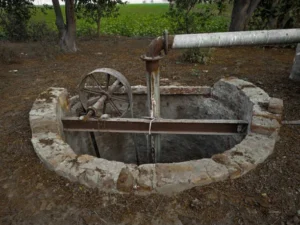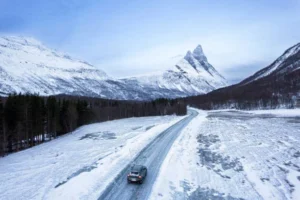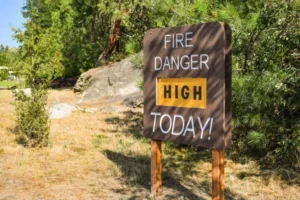President Donald Trump’s sweeping executive order, signed on Monday, aims to expand the resources, reigniting economic and environmental debates. Trump’s Alaska resource development order includes increased oil drilling, mining and logging. Alaska’s Governor, Mike Dunleavy, also submitted a request for this after Trump’s election.
The order calls for new oil drilling in the Arctic National Wildlife Refuge, removing Biden-era restrictions on the National Petroleum Reserve, and reversing bans on logging in Alaska’s temperate rainforests.
Alaska’s Republican leaders hailed the plan as critical for reviving the state’s economy, with Senator Dan Sullivan declaring, “It is morning again in Alaska.” Governor Dunleavy praised Trump for following through immediately, highlighting the significance of resource development for Alaska’s future.
Environmentalists swiftly condemned the order due to climate change risks and ecological impacts. Center for Biological Diversity director Cooper Freeman emphasized that legal challenges are inevitable, stating, “We’re ready and looking forward to the fight of our lives to keep Alaska great, wild, and abundant.”
Advocates warn that opening protected areas to oil and gas exploration threatens habitats crucial to wildlife and Native communities. The order specifically targets the ANWR coastal plain, an area sacred to the indigenous Gwich’in, who oppose drilling due to its importance to the caribou herds they depend on.
Conversely, Iñupiaq leaders in Kaktovik support development and seek economic opportunities from expanded oil activity. Trump’s order also includes a controversial push to reverse recent federal decisions on Arctic leasing and calls for the Interior Department to accelerate permits and development plans.
Critics argue these actions prioritize short-term gains over long-term environmental consequences. Aaron Weiss from the Center for Western Priorities described the order as an everything, everywhere, all-at-once approach.
As Alaska faces population declines and reduces oil production, resource development remains central to state leaders’ vision for economic revival. However, the clash between industrial ambitions and environmental priorities ensures this debate continues.












